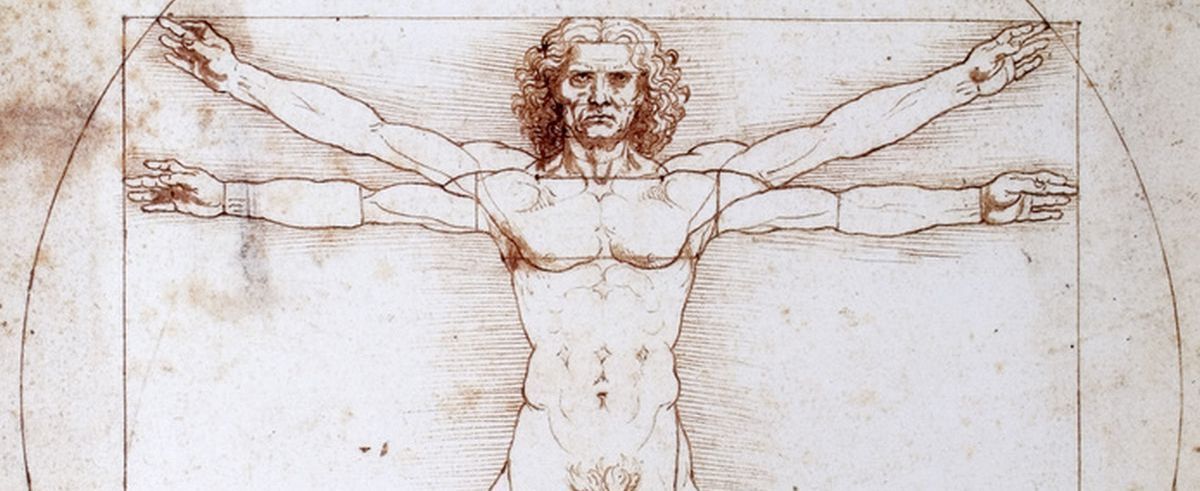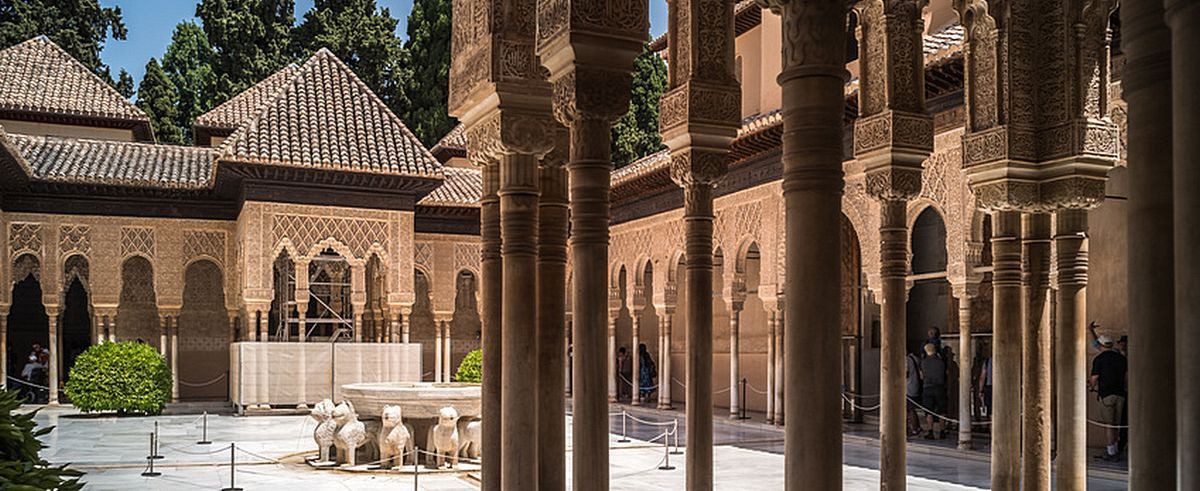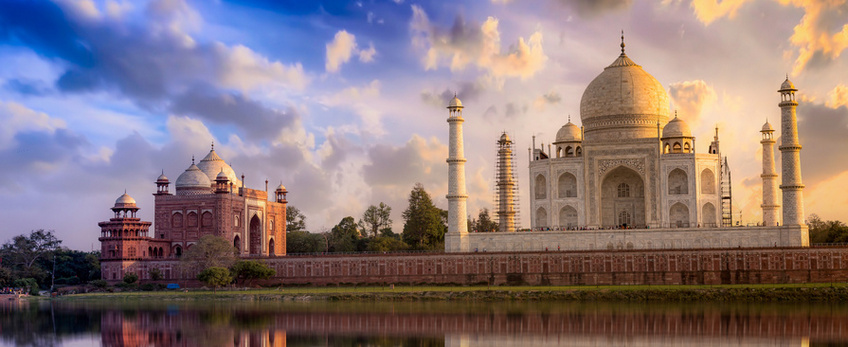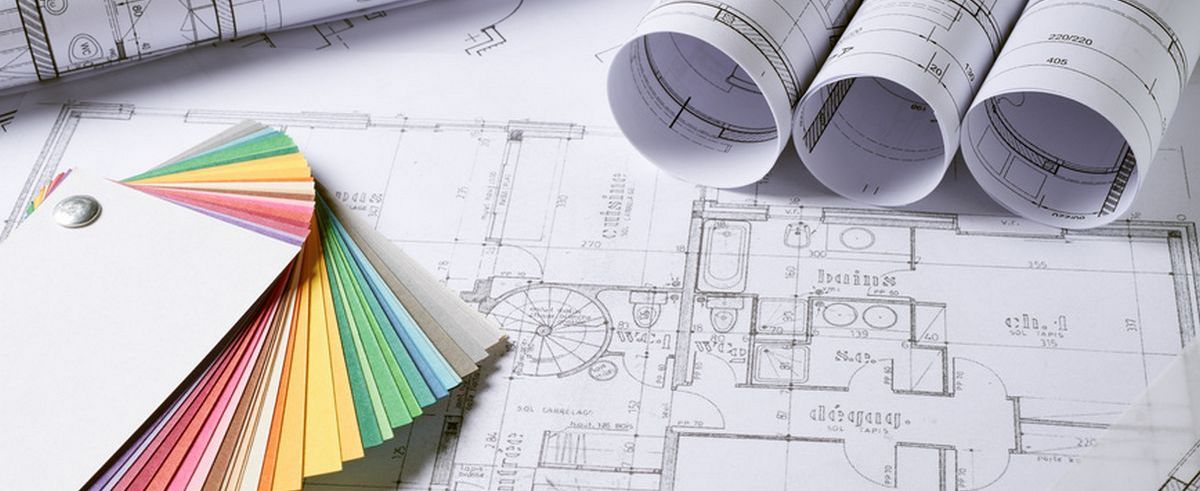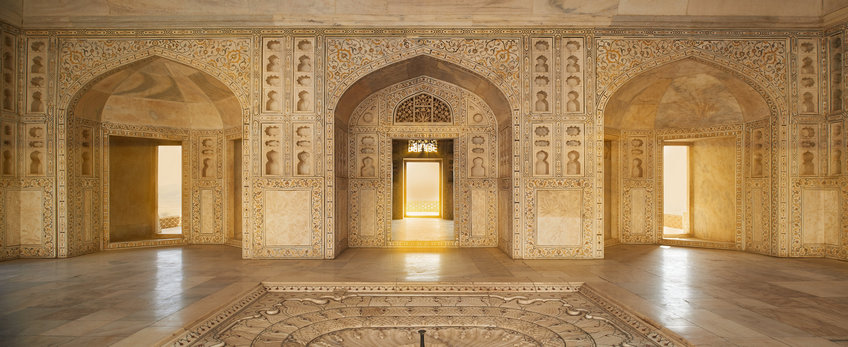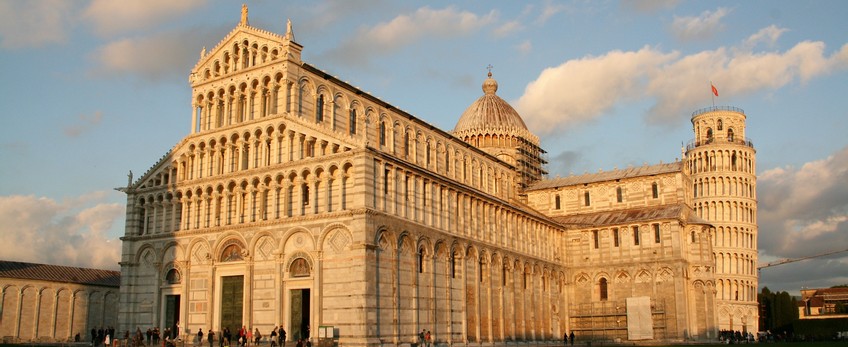VASTU AND MORE
WHAT IS VASTU?

“Vastu” is the science of architecture that makes it possible to build spaces full of life that support people in the realization of their aspirations, be they material or spiritual. Vastu is a teaching that has very ancient roots.
The Staphatya Veda, or Vastu Vidya – the knowledge of healthy building and living in harmony – is one of the most important aspects of the Vedic culture of India that count can on millennia of constructive practice.
Vastu is to India as Zen is to Japan and Feng-Shui to China.
“We bring sacredness back to our buildings,
so as to achieve a life full of harmony and health”

Architect – Dr. Prabhat Poddar

Architect, engineer and town planner
Dr. Prabhat Poddar, an Indian architect from Pondicherry, is an expert in Vedic architecture. Thanks to decades of research, he was able to demonstrate the correspondence between the laws of nature underlying Vastu Vidya and the architecture of different cultures.
Over the course of his decades of experience, Prabhat has perfected a method for correcting existing homes, buildings and businesses, neutralizing negative influences.
Building corrections
In ancient cultures, architects had the knowledge of correct building – knowledge which, sadly, has long since been lost.Nowadays, most buildings are constructed incorrectly, a factor that can have a negative impact on health, interpersonal relationships, and the economic well-being of the occupants.In the philosophy of Vastu, a significant part of the problem is attributed to the incorrectness of the buildings in which we spend our lives. Moreover, nowadays we also have other negative factors, such as stress, a neighborhood that is not always ideal, environmental influences, electrosmog, etc.Dr. Prabhat Poddar, over the course of 30 years, has developed and fine-tuned various methods and techniques for correcting apartments, houses and workplaces, for example by neutralizing the effects of negative influences or electrosmog. Read more…
QUESTIONS TO DR. PRABHAT PODDAR – INTERVIEW
Read here the interview with Dr. Prabhat Poddar on the theme of Vastu.
VASTU-GEOBIOLOGY COURSE IN 2025

Training course in Energetic Building Optimization based on Vastu Geobiology principles according to Dr. Prabhat Poddar, with the lecturers Markus Knodel from Switzerland and the Indian architect Jeyaprakash Narayanan
Read more…
APPLICATION OF THE ENERGY ROTATION TURNED RIGHT AND LEFT IN VASTU

The widely held thesis, in which a house built according to the principles of Vastu, should be positioned only in the places with the slope towards the North, towards the East or in the plain, has caused much confusion and lack of understanding in the circle of architects and people interested in the science of Vastu.
It is important to understand that the fundamental principles of Vastu have universal validity, but that in practical application, local conditions must be taken into account and included in planning. Proper understanding of these principles allows us to construct a building in harmony with the laws of nature on all sides including the slopes facing South and West and on the plains.
There are basically two types of energetic conditions in a place, represented by the so-called left and right rotation. Depending on the direction of rotation certain principles are applied. The direction of the energy rotation is determined by various geographical factors: from the direction of the slope of the land, from running or stagnant waters and from the position with respect to the equator. Read more…

